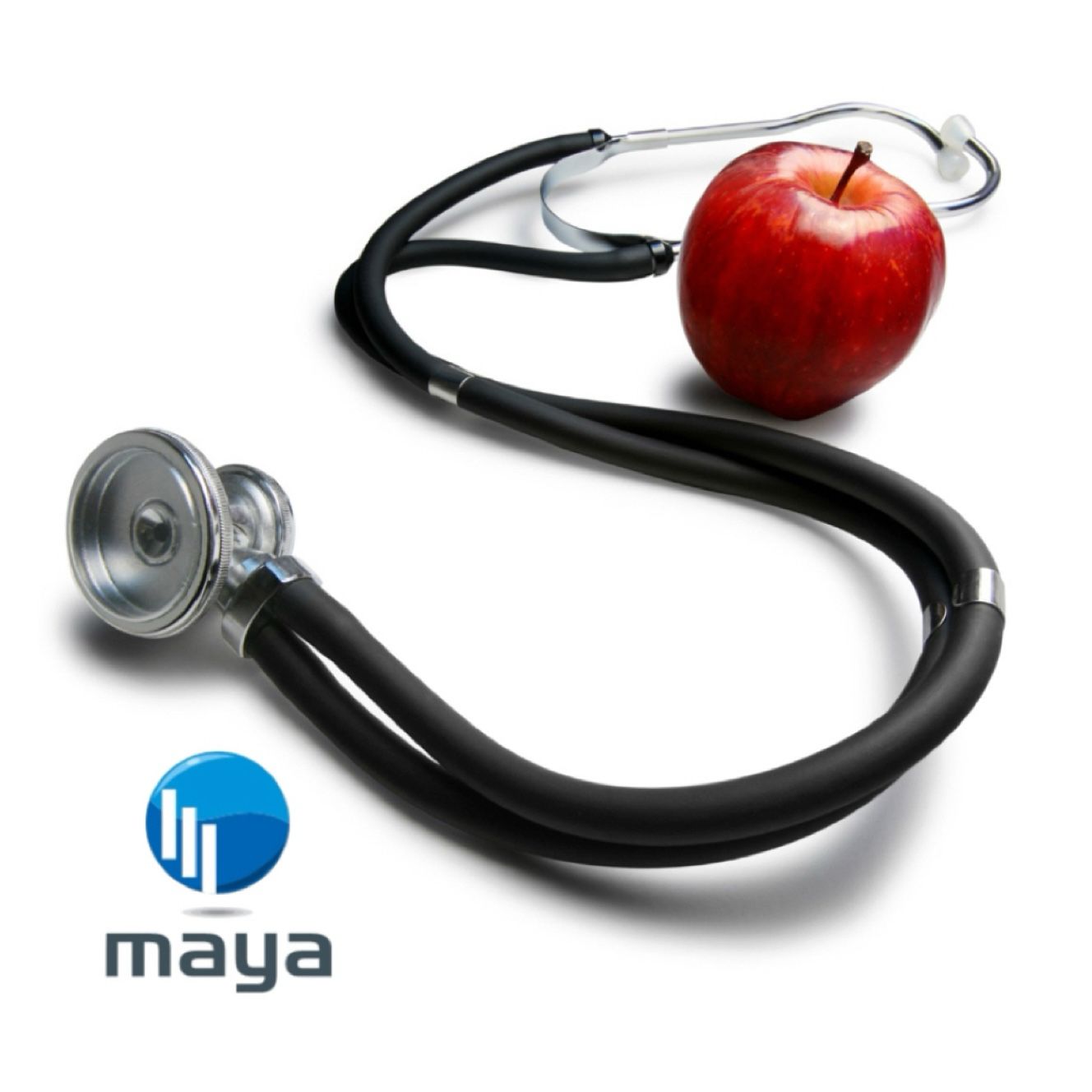The three significant economic barriers faced by applicants aiming to become specialised medical practitioners in India are structured around the sequential stages of medical training:
1. Economic Barriers Related to Medical School Admissions (NEET-UG)
2. Economic Barriers Related to Medical School Attendance and Costs
3. Economic Barriers Related to Residency Selection and Training (NEET-PG)
These barriers are historical and rooted in inequality, creating systemic challenges that limit the development of a diverse and representative healthcare workforce.
1. Economic Barriers Related to Medical School Admissions (NEET-UG)
This category encompasses the resources required to gain admission to a medical school.
• High Coaching Costs: Admission is highly competitive and relies on standardised entrance examinations like the National Eligibility cum Entrance Test (NEET-UG). Due to the competitive nature, supplementary private coaching is often considered a necessity.
• Affordability Gap: The tuition fees for pre-medical coaching institutes are often more than high school fees, ranging from INR 50,000 to INR 360,000 for 24 months. These costs are prohibitively expensive for the majority of the population, as the average unadjusted annual per capita income in India is just over 100,000 INR. This dependence on costly preparation resources acts as the first pillar of inequity, favouring affluent candidates.
2. Economic Barriers Related to Medical School Attendance
This stage involves the significant expenditure required to attend and complete medical school.
• Tuition Disparity: India's medical education features two tiers with extreme differences in cost and quality. One tier consists of heavily subsidised positions in Government Medical Colleges (GMCs) or select private institutions where annual fees are typically low (between INR 10,000 and INR 40,000). The other tier consists of remaining positions, usually in private institutions, that require yearly tuition costs of over INR 20,00,000 (approximately USD 25,000).
• Exclusion of the Less Affluent: The vast financial barrier imposed by private medical colleges allows only the more affluent candidates to attend these institutions. This high cost has made the profession inaccessible to lower-income and rural students, reinforcing class and geographic inequalities.
• Capitation Fees and Commercialisation: The high fees and capitation (donation) fees charged by private medical colleges prioritise the ability to pay over merit. The growth of private capitalisation fee colleges is increasing and affects all aspects of medical education.
3. Economic Barriers Related to Residency Selection and Training (NEET-PG)
This final set of barriers arises when aspiring physicians seek postgraduate specialisation after medical school.
• Competition and Cost: Similar to the undergraduate stage, candidates must clear the NEET-PG for residency positions, facing a substantial supply-demand mismatch. Failure to achieve ranks high enough for subsidised government seats often forces candidates to settle for lower-ranked residency programs that charge significant tuition fees.
• Financial Advantage for the Privileged: This system ensures that well-off candidates, who can afford expensive private preparation resources or pay the tuition fees for residency spots, can choose to pursue specialised opportunities. Consequently, the system disadvantages less privileged candidates, resulting in a healthcare workforce that does not reflect the population it serves.
• Career Pressure: The increasing costs of medical education push graduates toward fields that offer quicker financial stability or higher annual incomes to recover their investment, specifically discouraging entry into lower-paying, primary-care fields like general internal medicine, family medicine, paediatrics, and obstetrics-gynaecology. These cost pressures also influence practice choices, motivating graduates to opt for lucrative urban/corporate jobs or foreign placements, which worsens rural healthcare access.
The combined impact of these high costs leads many families to mortgage property or take large loans, saddling new doctors with debt and financial dependency. This commercialisation is entrenched by regulatory failures and by influential individuals who view medical education as a "profit-making business".

